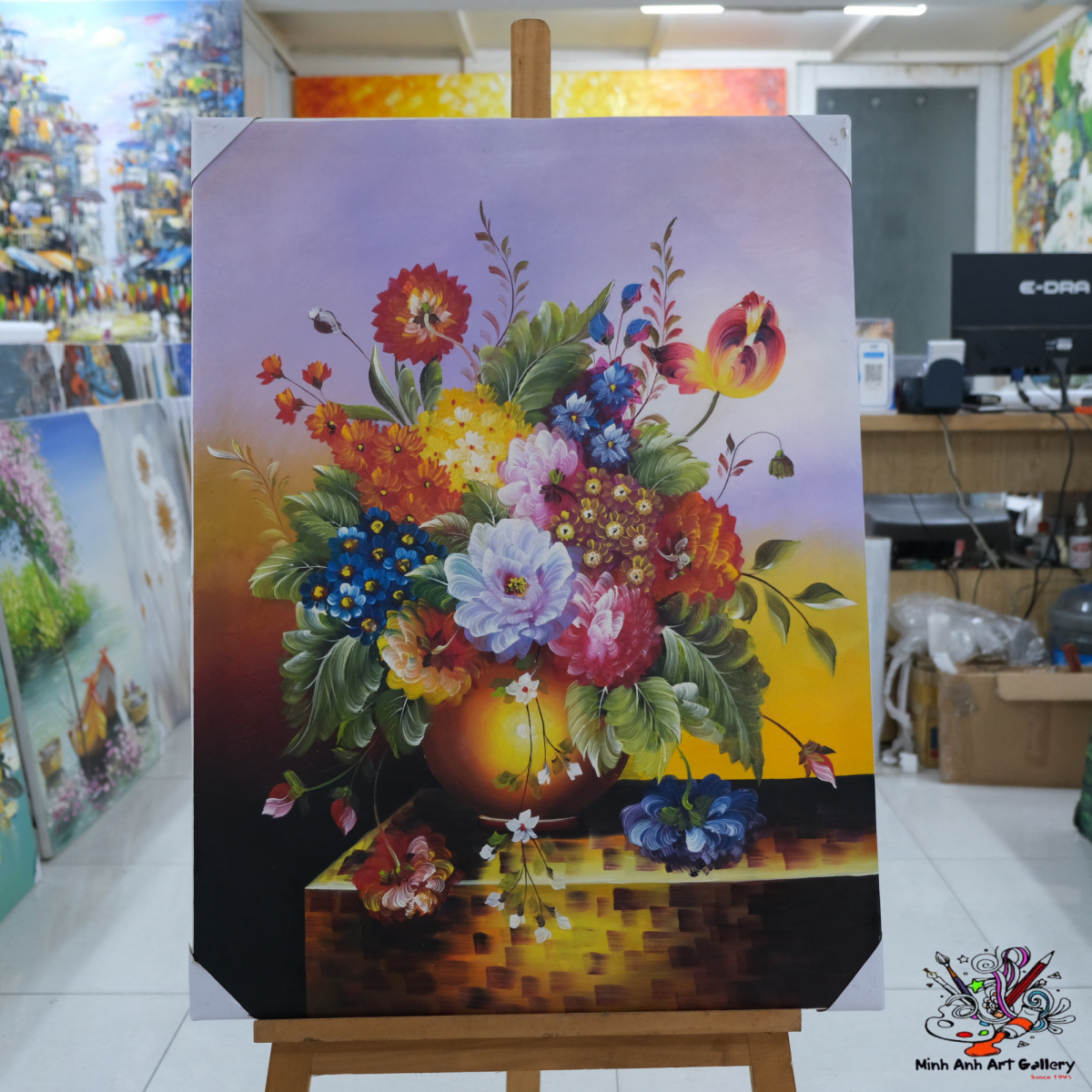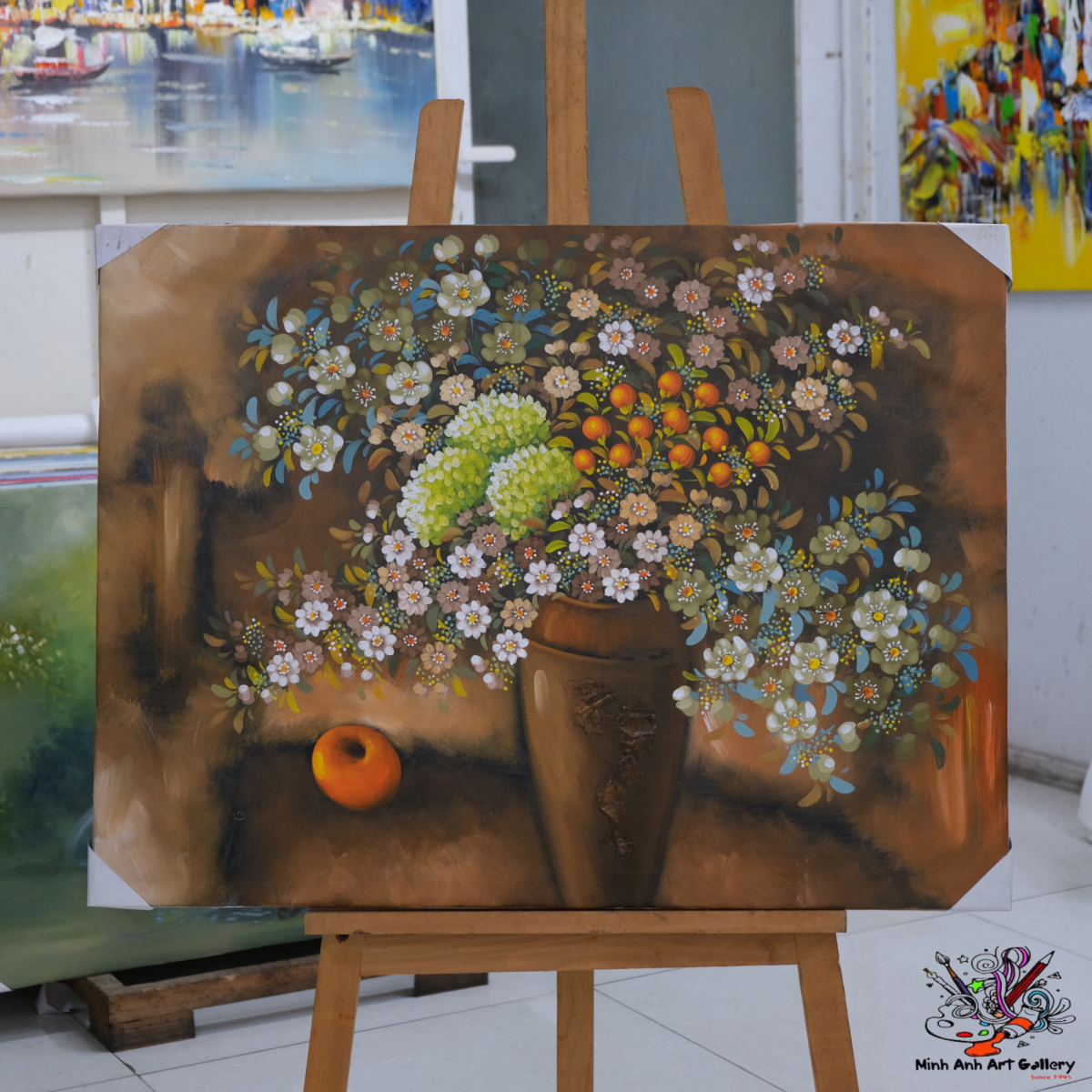Kinetic sculptures aren’t just art you admire—they’re art you experience. They spin, sway, bounce, or glide, often inviting you to interact or simply be mesmerized by their perpetual dance. As these pieces rise in popularity, they’re making significant appearances across every type of art collection gallery.

Kinetic sculptures are artworks designed to move. Whether powered by wind, motors, magnets, or the viewer's own hand, they blur the line between science and expression. Think of them as art with a pulse.
The origins of kinetic art date back to the early 20th century, with artists like Naum Gabo and Alexander Calder pioneering movement-based works. Their pieces challenged the still, passive nature of traditional sculpture, introducing dynamic aesthetics that revolutionized modern perception.
Creating a kinetic sculpture isn’t just about vision—it’s about mechanics. Gears, levers, magnets, and even coding play a role. The artist becomes part inventor, part poet.
Movement evokes emotion. A spinning form may symbolize chaos or joy, while a slow tilt might express contemplation. Kinetic art speaks directly to our senses, bypassing intellectual filters.
A modern art collection thrives on innovation. Kinetic pieces bring a literal sense of movement and progression that fits perfectly with contemporary ideals.
Kinetic art creates immersive moments. It doesn’t just hang on walls; it commands space, often encouraging viewers to step closer—or even touch.
In a world of screens and fast-paced content, art that moves resonates deeply. It aligns with our modern rhythm and satisfies our craving for novelty and engagement.

Alexander Calder’s mobiles revolutionized the art world. Suspended delicately in space, these floating sculptures use air currents to create organic, mesmerizing motion.
Tinguely's kinetic works often appear unstable or nonsensical, but that’s their genius. His chaotic machines comment on consumerism, technology, and life itself.
From the MoMA in New York to the Tate Modern in London, kinetic sculptures have found a firm place in art gallery exhibitions. These works often become the highlight of the show, thanks to their hypnotic presence.
In every major contemporary art gallery, motion-based art is becoming a must-have. It reflects today’s digital, fast-paced culture and invites deeper audience interaction.
With virtual galleries gaining momentum, kinetic art is finding new life online. 3D simulations and interactive visuals are helping collectors explore moving pieces from their screens.
Virtual reality allows viewers to step inside a sculpture’s space, while AR apps simulate movement over real-world backgrounds. This evolution makes kinetic art more accessible than ever.
Curators aren't just choosing pretty pieces. They consider how kinetic sculptures will transform a space and tell a story—often anchoring entire curated art collections around movement themes.
Not all motion is practical. Sound, weight, and even air circulation can affect how a kinetic piece performs. Aesthetic value must balance technical feasibility.
Kinetic works are gaining traction in the market. Their unique nature and limited production often lead to high long-term value—especially in prestigious collection pieces.
Private art galleries value exclusivity and novelty. Kinetic sculptures offer both. Their distinctiveness often draws media attention and serious collectors alike.
Movement adds layers to an artwork. In a fine art collection, kinetic pieces become emotional anchors—sparking curiosity, reflection, or joy in ways still works cannot.
A kinetic piece amidst static paintings or sculptures creates tension and harmony—an ebb and flow that animates the room itself.
Movement-based works require space. Tours must be planned to allow interaction, pacing, and flow—transforming a standard visit into a sensory experience.
Unlike traditional pieces, kinetic art pulls people in. They wait for it to move, circle around it, whisper to it. It creates memory. And that’s powerful.

Kinetic sculptures represent a thrilling evolution in the art world—where imagination and innovation collide. Whether showcased in a collection or explored in a cutting-edge art collection gallery, these pieces breathe life into static spaces. They remind us that art isn’t just to be seen; it’s to be felt, experienced, and remembered. In this era of speed and sensation, kinetic art may just be the heartbeat of the modern art collection.
1. What makes kinetic sculptures different from traditional sculptures?
Kinetic sculptures incorporate movement—whether mechanical or natural—unlike traditional sculptures that remain static.
2. Are kinetic sculptures expensive to maintain?
It depends on the piece. Some require regular maintenance, especially motorized works, but many use simple mechanics that are low-cost.
3. Can kinetic sculptures be viewed online?
Yes! Many are featured in art collection online platforms using video, animation, or 3D simulation.
4. How do curators choose kinetic sculptures for exhibitions?
Curators consider aesthetics, movement reliability, emotional impact, and how the piece fits the broader theme or space.
5. Why are kinetic sculptures popular with private collectors?
Their uniqueness, movement, and modern flair make them standout additions in private art galleries, offering both visual and experiential appeal.
Message:
This article is proudly presented by Minh Anh Art Gallery – your destination for premium handmade art. Visit us at 101 Bui Vien St, District 1, Ho Chi Minh City, Vietnam or explore at https://minhanhart.vn/.